A powerful dynasty that lasted hundreds of years, the Joseon dynasty rejected Buddhism, turning instead to Neo-Confucianism. Magnificent palaces, shrines, and temples continued to be built.
1392–1897 C.E.

A powerful dynasty that lasted hundreds of years, the Joseon dynasty rejected Buddhism, turning instead to Neo-Confucianism. Magnificent palaces, shrines, and temples continued to be built.
1392–1897 C.E.
We're adding new content all the time!
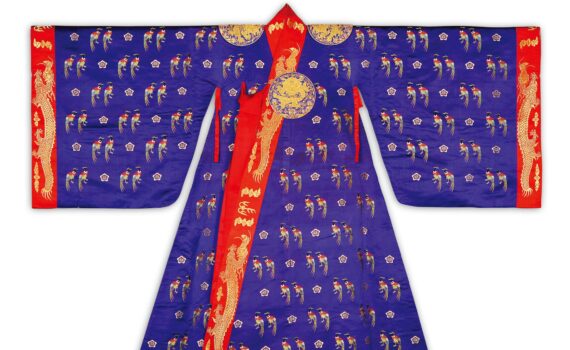
Decorated with pheasants and flower motifs, the jeogui was worn by Joseon queens on the most formal occasions
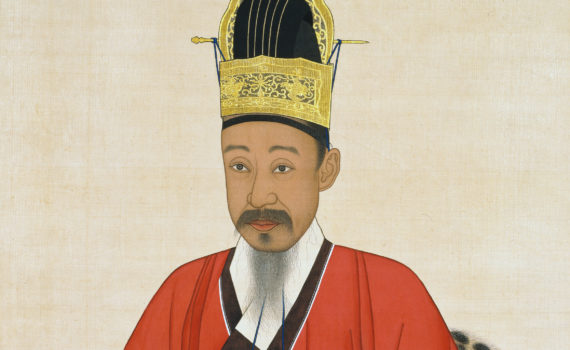
The metallic sheen of the official hat, the harmony between the bright red and navy blue colors, and the ornate straw mats convey a degree of extravagance in the Portrait of Yi Haeung
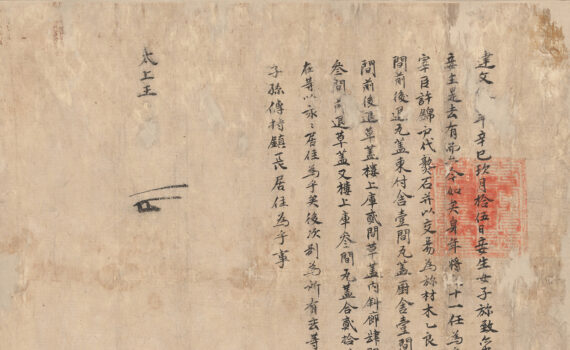
Even after more than 500 years, this document resonates with Yi Seonggye’s deep love and concern for his daughter
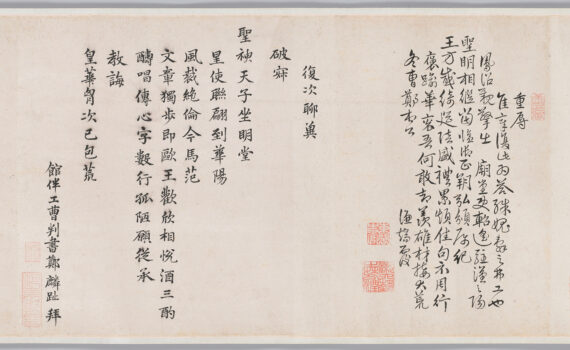
This scroll marked the beginning of the tradition of “Hwanghwajip,” the practice of compiling and publishing poems that had been exchanged between Joseon officials and Ming envoys
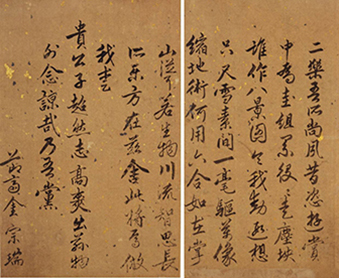
Album of Poems on “Eight Views of the Xiao and Xiang Rivers” exemplifies the unity of the three arts—painting, poetry, and calligraphy—in the early Joseon Dynasty.
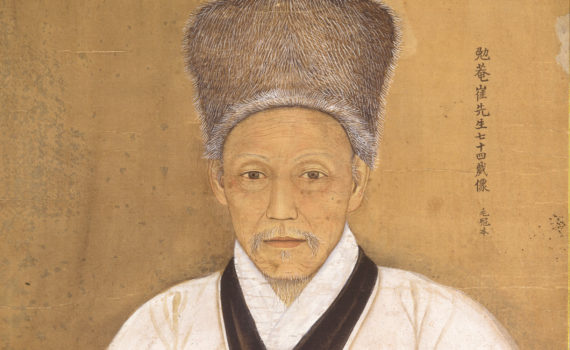
Why does this portrait depict Joseon official Choe Ikhyeon wearing a thick winter robe and a fur hat?
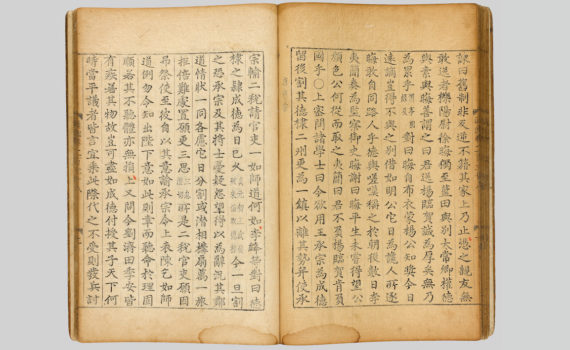
The Annotated Zizhi Tongjian came to be known as the definitive “textbook for government,” guiding Joseon kings on how to rule properly
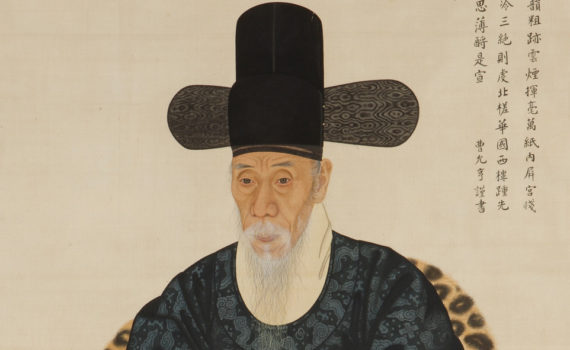
With his proper attire and solemn posture, Kang Sehwang is the model of a dignified Joseon official.
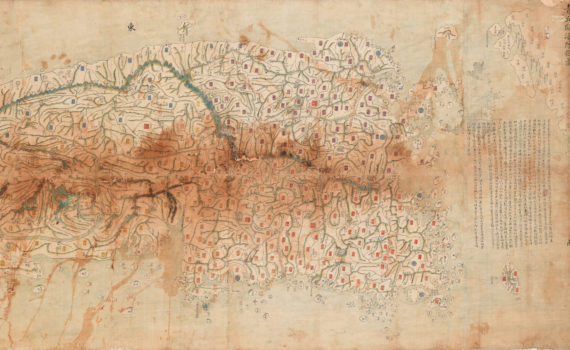
Cheonggu Gwanhaebang Chongdo, or “Map for National Defense of Korea,” records the locations of military bases throughout the Joseon Dynasty
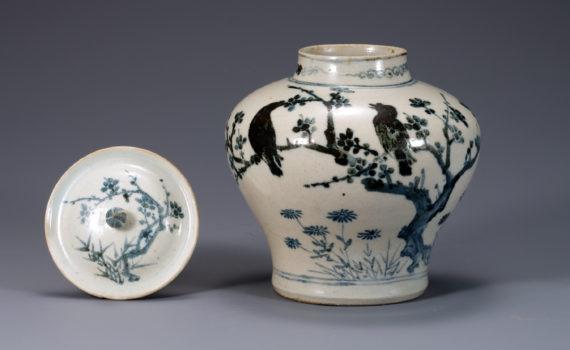
The plum, bamboo, and bird design became one of the most popular designs on Joseon blue-and-white porcelain vessels
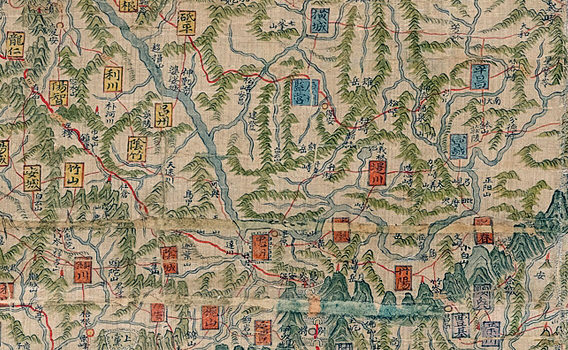
Dongguk Daejido, or “Complete Map of the Eastern Country," is a comprehensive map of the Korean territory in the mid-eighteenth century.
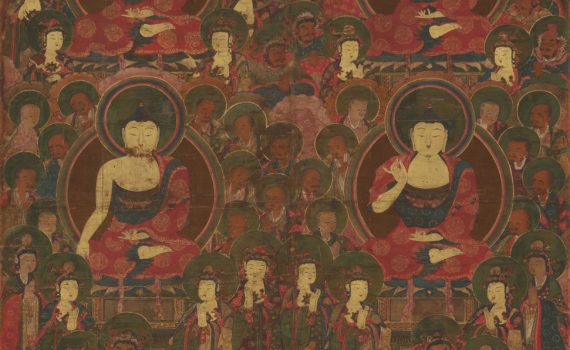
The representative example of a sixteenth-century Buddhist painting commissioned by the royal Joseon court.